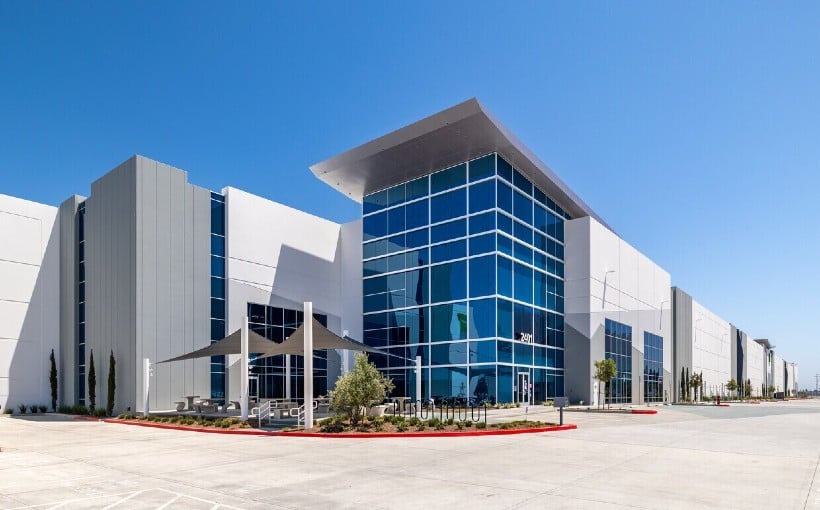Reducing Waste and Improving Net Value in the Built Environment
The built environment is one of the most significant global industries, valued at $14 trillion and accounting for approximately 12% of global employment, according to McKinsey & Company. As urbanization continues to expand, the construction sector is expected to grow significantly, with projections indicating an industry value of $22 trillion by 2040.
However, the environmental cost of this growth is substantial. The built environment is the leading contributor to global emissions, generating nearly 40% of energy-related CO₂ emissions and producing one-third of the world’s waste.
A recent report from McKinsey titled “How Circularity Can Make the Built Environment More Sustainable” explores the concept of circularity and its potential to not only mitigate environmental impact but also improve the economic performance of the construction sector.
What is Circularity?
Traditional supply chains operate in a linear fashion, starting from raw materials and ending with finished products. Circularity, by contrast, moves towards a closed-loop system where materials are continuously reused and repurposed. Within the built environment, this practice could involve strategies such as:
– Reusing construction and demolition waste,
– Increasing the use of recycled plastics,
– Producing flat glass from shattered panes,
– Utilizing renewable energy in the production of construction materials like gypsum wallboard.
Benefits and Challenges
The benefits of adopting circularity in construction are substantial. McKinsey estimates that the built environment could see a net value gain of up to $361 billion by 2050 through circular practices. Additional advantages include:
– Significant reductions in carbon emissions,
– Creation of new job opportunities in material recovery and refurbishment,
– Lowering the industry’s overall environmental footprint,
– Enhancing the resilience and durability of buildings.
Despite these benefits, implementing circularity at scale comes with challenges. These include:
– The need to significantly overhaul current value and supply chains,
– A lack of proven business models and use cases,
– The necessity for transparent data and more advanced materials tracking systems,
– The importance of aligning shareholders and encouraging broader stakeholder engagement.
The Takeaway
The concept of circularity offers a compelling path forward for the built environment — one that emphasizes sustainability, cost savings, and resource efficiency. However, realizing its full potential will demand a transformation in how industry stakeholders think, collaborate, and innovate.
According to McKinsey analysts, achieving widespread adoption of circularity will require a comprehensive shift in mindset, enhanced collaboration across sectors, and the development of new, bold business models. If successful, these efforts could reshape the construction industry into a more sustainable and economically resilient force.




